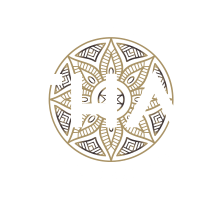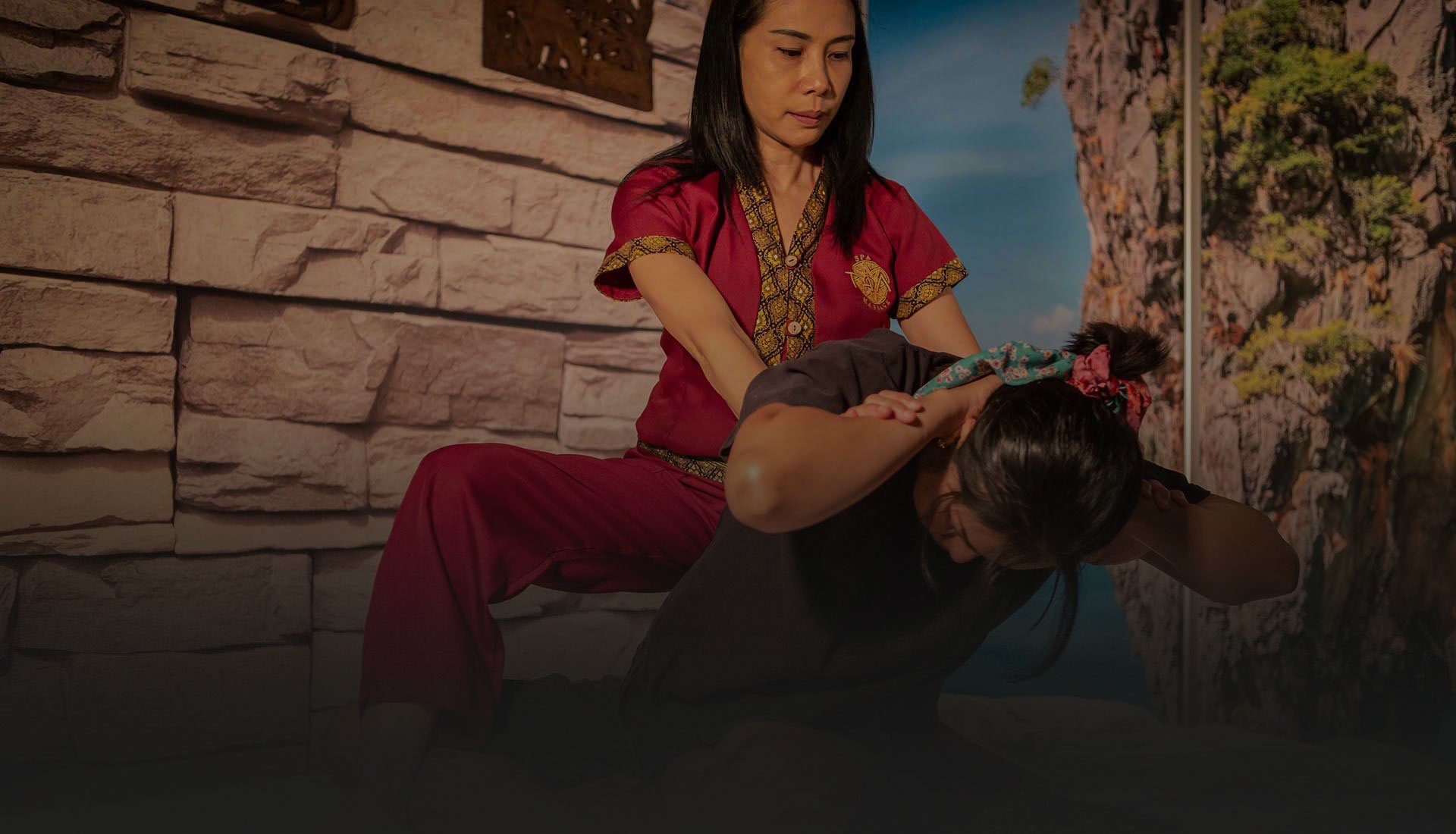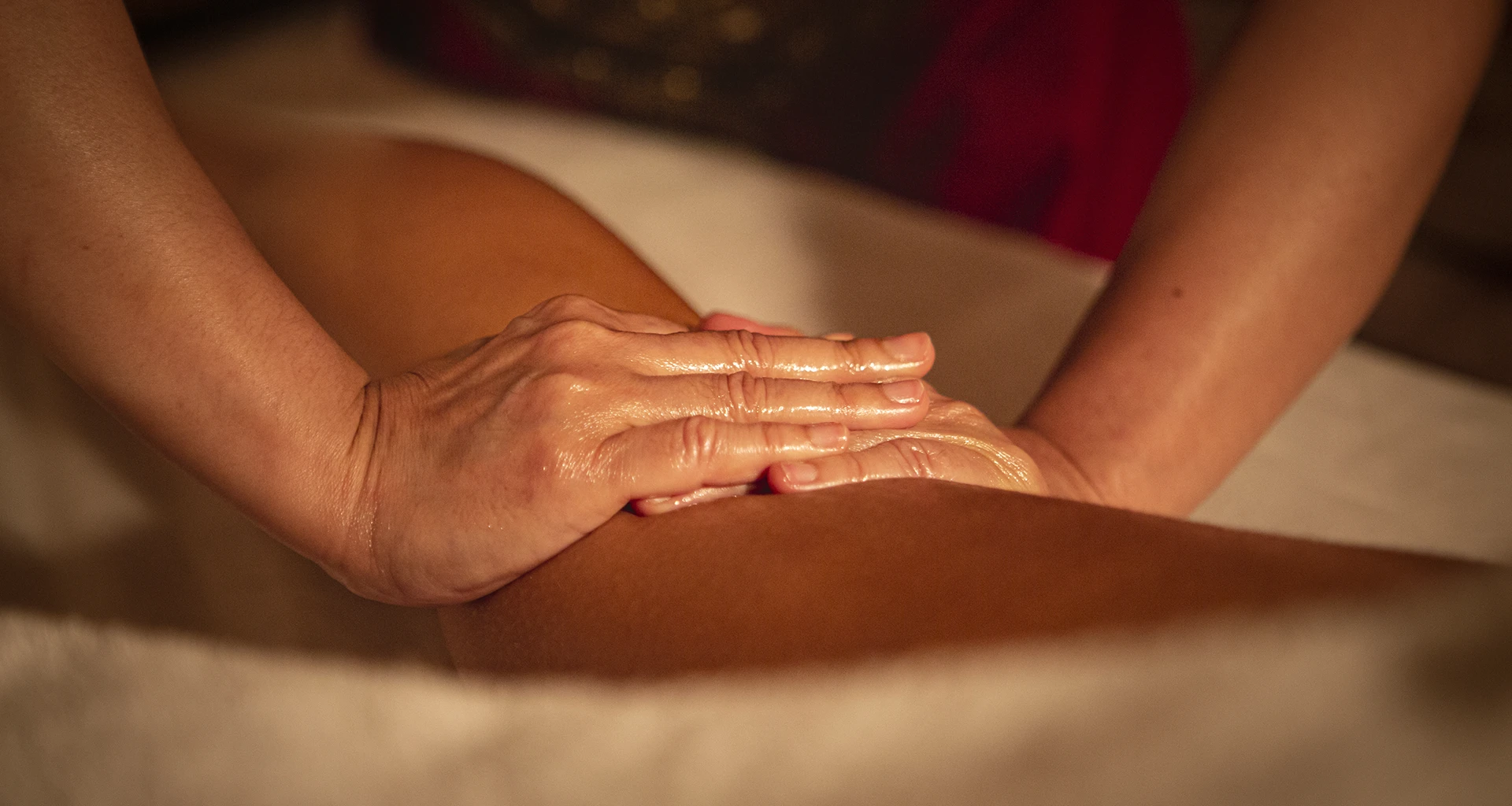“Nuad Thai” is, since 2019, the only massage discipline that has been obtained the title of Intangible Heritage of Humanity by UNESCO
But how did he do it? We are truly proud that such an important aspect of our heritage is recognized by UNESCO. Join us to find out why it has earned this recognition!
On December 13, 2019, news arrived from the French capital —the city where the UNESCO headquarters are located—: the Thai government’s request for Thai massage to enter the lists of intangible cultural heritage of humanity, had been happily approved by the countries of the committee. Thus, Nuad Thai has become the first massage modality to achieve this recognition. This news, which was quickly on the lips of all the media and platforms, is really important to us and for this reason, from Thai Spa Massage we want to explain the long process that the request has to go through from start to finish and the importance of its approval. has for Thailand, our cultural wealth and the transmission of knowledge of Nuad Boran.

Angkor Wat and reflecting pool at sunset, Siem Reap, Cambodia
The Great Pyramid of Egypt, the hanging gardens of Babylon, the temple of Angkor Wat and the statue of Zeus in Olympia demonstrate the need that human beings have always had to exalt their creations by categorizing them into lists by the majesty of their creation. It all started with seven wonders, seven places—mostly impossible to visit today—that originally demonstrated engineering genius in a Hellenocentric world. Over the years, this list and its millions of variables evolved into many others: from the seven wonders selected and painted by Maerten van Heemskrerck in the 16th century, commonly known as the seven wonders of the Ancient World, through the seven wonders of the Modern World , even the UNESCO list with all that human creation —or natural formation— that demonstrates its value through the centuries and its enrichment to the culture of our species.
That is why this recognition is so important for Thai society, obtaining such a title offered by the UNESCO committee has become something exceptionally coveted.
Why consider certain places or knowledge, World Heritage?
![]()

Qin Shi Huang’s Terracotta Warriors
Unfortunately, it is common for modern engineering works to end up taking away some piece of heritage that our ancestors left on the face of the earth. Nor is it unusual that in order to erect something—a building, subway infrastructure, or changing a city’s plumbing system—something totally extraordinary is discovered. It happened in 1974, near the Chinese city of Xi’an. Some simple works that were going to help with the water supply of that city, unearthed an entire army of warriors made of reddish earth. More than 8,000 pieces, no more and no less, barely a kilometer and a half away from the tomb of the first emperor of the Qin dynasty, Qin Shi Huang. This discovery, although totally accidental, gave visibility to a part of history that was not known, and the works, out of respect for the discovery, were totally paralyzed. Today, the Terracotta Warriors—as they were called—can be seen in the well-known Qin Shi Huang Mausoleum.
But unfortunately, there is heritage that does not suffer the same fate, and there are parts of history that are deliberately destroyed, with the simple pretext, for example, of urban expansion of a population . In Spain, we have many examples that would make any lover of culture sad. From such a tyranny arose the seed of what is known as the Cultural Heritage of Humanity award and which would later expand its protection borders to include the Intangible Cultural Heritage of Humanity. . But, what happened to start giving recognition to so many centuries of history?
Egypt, in the 50s, began planning what would be the mega-construction of the Aswan dam, across the Nile River. This dam would have a very important role in agricultural and industrial development in a country as arid as Egypt. The only problem with the construction of this great dam in the country of the pharaohs was the pharaohs themselves. These large-scale engineering works would sacrifice temples like Abu Simbel or File, remaining completely submerged under water, as if it were Atlantis. At that time, the International Community threw up its hands and up to 50 countries began a collection of money to be able to bring the heritage to the mainland. In their entirety, they raised a total of 80 million dollars and over time, Egypt thanked all the countries that participated in this collection with a little piece of their history. Spain, for example, was given the Temple of Debod, which can be visited in Madrid to this day.
The great organizational capacity that the countries had had, then put on the table the idea of being able to create something that would serve as protection for all historical and natural heritage to prevent all extraordinary pieces that had managed to survive to this day, could be destroyed. After a lot of diplomatic work and years of talks, UNESCO, through the Convention on the Protection of the World Cultural and Natural Heritage, specified the conditions that the countries that were part of would benefit from and five years later, 34 countries from all over the world were annexed. world.
How do you get on the UNESCO lists?
![]()
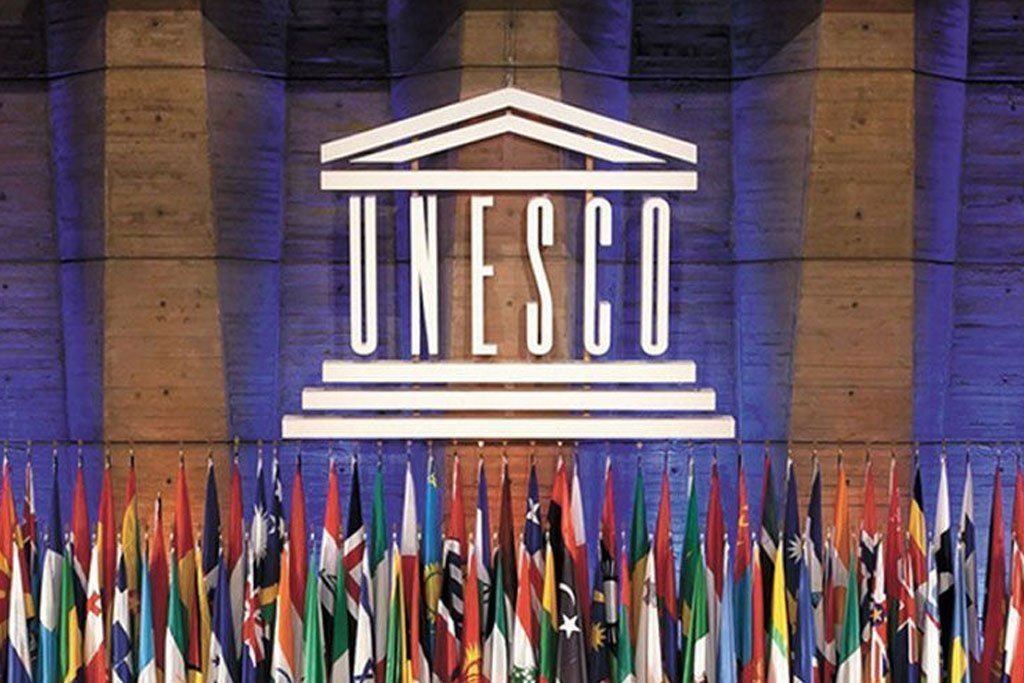
As in almost all organizations of this type, the key to achieving this is bureaucracy. The countries themselves have to make an inventory of heritage susceptible to obtaining the title and, from there, the officials get down to work to draft the file that contains all the details that have been and will be, with written documentation and graphics on the object in question. After this, a group of international members sent from UNESCO itself visit the place to verify that the information that has been provided to them is true. The mission of this team of verifiers is also to prepare a small evaluation that is delivered on the candidate site. From there, the power is held by the World Heritage Committee. This group made up of 21 representative countries meets once a year, in which, in addition to many other issues, it is decided which goods are inscribed on these lists.
The conditions that must be met in order to obtain the much-desired title there are 10 for the monuments, among which are:
– Represent the genius of the human being as its creator.
– Witness that it has been the result of the exchange of values and knowledge over a period of time. – Be a unique and/or exceptional testimony of a culture or civilization. – Being associated with living events or traditions, with ideas, beliefs or artistic and literary works that have exceptional significance.
Nuad Thai, intangible heritage of humanity
![]()
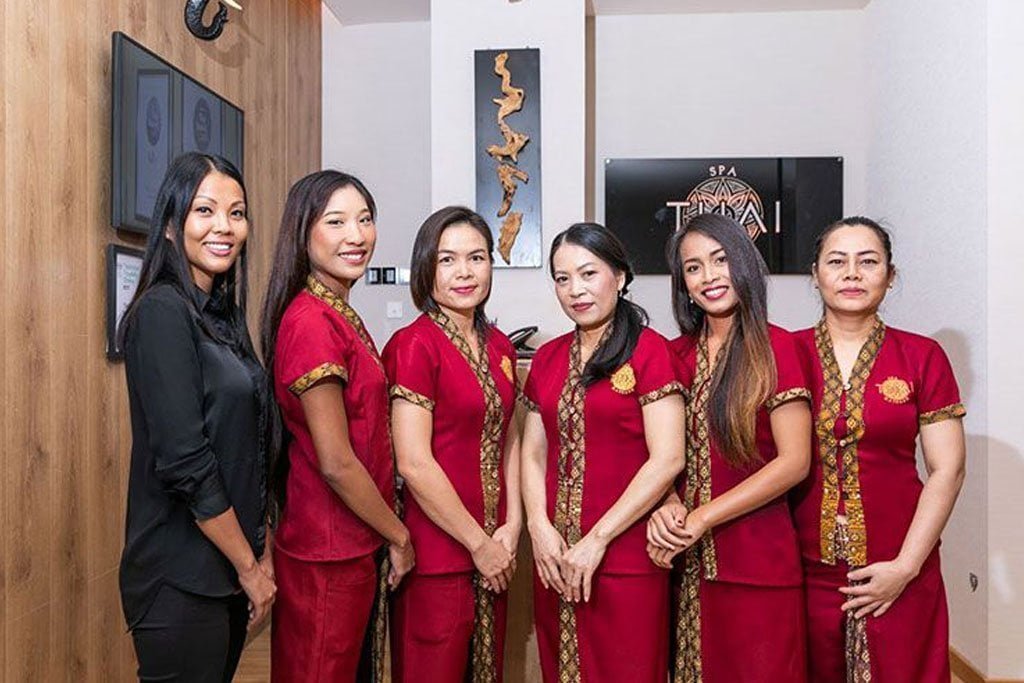
However, the human being is more than everything he builds, at least physically. The mix of civilizations, thousands of years of trade relations and the symbiosis between people, religious beliefs and history itself, have left a heritage as rich as it is exceptional. And we are not only talking about large-scale cultural events, how flamenco can be in Spain.
And, no matter how simple any ritual may seem, it is always a representation of the history of a population, and must be protected. Unlike a stoic building, which can stand without too much conservation work on our part, intangible heritage requires more sophisticated protection mechanisms.
And there are still languages, popular festivals, traditions and rituals that year after year continue to fall into disuse. How do we find a solution? On the occasion of the celebration of the 32nd session of the General Conference of UNESCO in October 2003, the organization focused on that same debate, that of saving history and traditions. That autumn afternoon, among all the countries present at the meeting, the Convention for the Safeguarding of the Intangible Cultural Heritage of Humanity was approved, which did not enter into force until 3 years later, on April 20, 2006. According to the page UNESCO website, its objectives are the following:
- 1. “The safeguarding of the intangible cultural heritage”.
- 2. “Respect for the intangible cultural heritage of communities, groups and individuals”.
- 3. “The awareness at the local, national and international level of the intangible cultural heritage”.
- 4. “Reciprocal recognition of intangible cultural heritage between countries and international cooperation and assistance”.
As we have already explained in previous posts, the almost complete knowledge of Nuad Thai is inherited from generation to generation. The world, however, has changed enormously and Asian societies are gradually losing their oriental uniqueness. The westernization and modernization of the new generations, as well as the gentrification of rural areas have made Thai traditions -usually, even the smallest town in Thailand had a masseur who helped treat the ills of the townspeople- dissolve between smartphones and western avant-garde.
Did you know?
![]()
Thai massage is not the first discipline to be recognized as Intangible Cultural Heritage of Humanity by UNESCO. A year earlier, the Thai mask theater – Khon – was admitted to the lists and crowned the country’s first cultural asset with this recognition. The Khon is a performing art that combines a variety of disciplines, from music, dance and ritual elements. Thailand, in order to preserve this magnificent asset, motivates youth to study it through clubs that aim to generate interest and basic knowledge that serves as the germ of passion for the Khon of some young person or other, guaranteeing its prevalence.
The situation of Nuad Thai in the last decade, and the lack of concern of the new generations for this ancient art and tradition, led the Thai government to embark on the great bureaucratic journey of UNESCO to ensure a future for Thai massage and a certain degree of protection, both nationally and internationally. This safe space intends to guarantee the continuous development of knowledge with the collaboration of study plans for foreign and international practitioners and the necessary research to restore practices that have been lost through so many years.
That this recognition has been granted to our discipline is a source of pride. The great protection that the Nuad Thai has thanks to the measures taken by and for the appointment, make sure that the knowledge that we put into practice in our Spa, will not be lost, that the resources available to professionals and students They do not stop being produced and above all, it ensures that you, as a customer, can enjoy the original Nuad Boran whenever you need it, from the hands of the people best prepared to put it into practice.
If you have never enjoyed Thai massage before, we invite you to visit our little piece of Thailand in Barcelona, in any of the two Thai Massage Centers What we have: At Passeig de Gracia number 100, or inside Alura, at C/Joan Güell 236. All our therapists are of Thai origin and have extensive experience in Nuad Thai massage or Traditional Thai Massage. Discover with all your senses the benefits of this Intangible Cultural Heritage of Humanity, without need to travel to Thailand.
